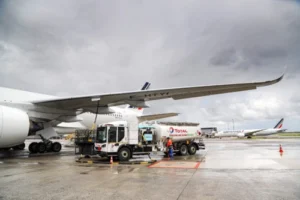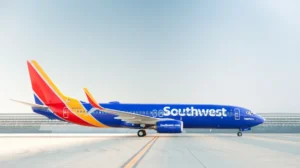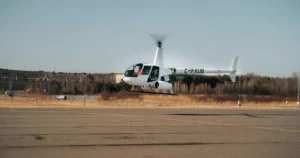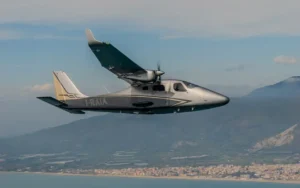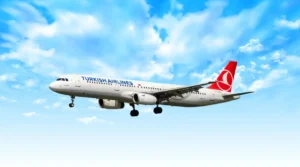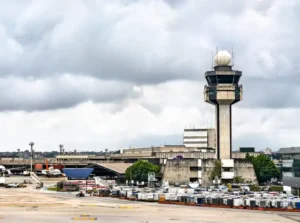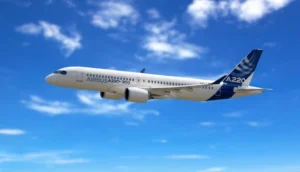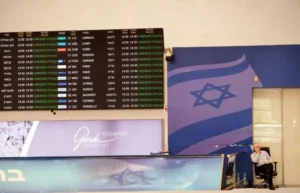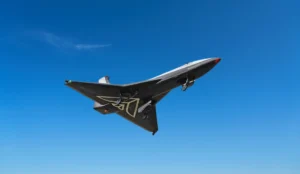Sustainable European Aviation: The Road to 2050
Aviation in Europe is advancing towards sustainability with a focus on SAF, fuel-efficient technologies, and optimized operations, aiming for climate-neutrality by 2050 despite growing air traffic demands.
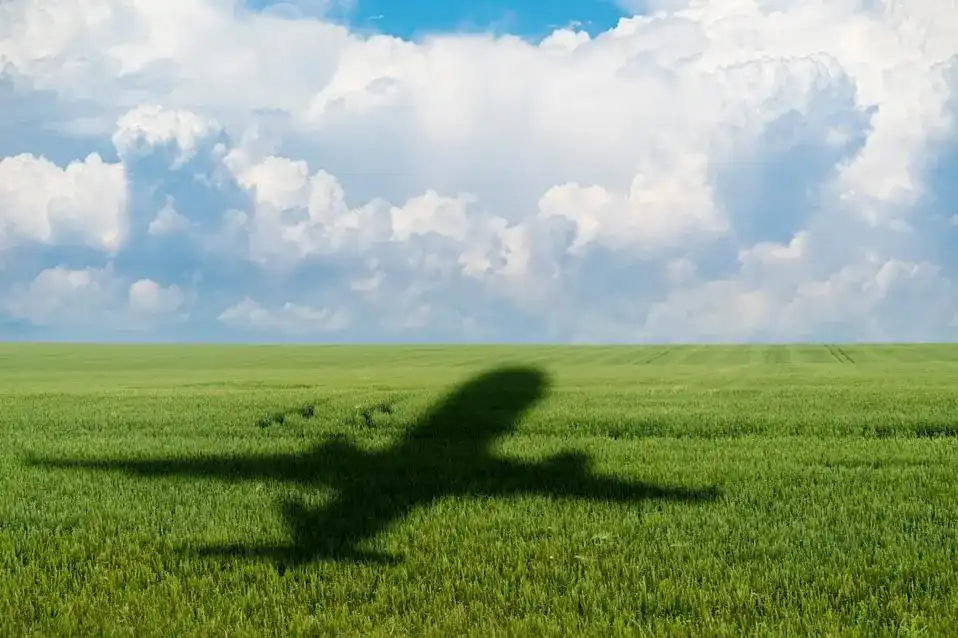
Photo Source: Forbes
A new environmental performance report for Europe’s aviation sector outlines actionable strategies to achieve climate-neutrality by 2050. The report emphasizes adopting sustainable aviation fuels (SAF), optimizing air traffic management, and integrating fuel-efficient technologies to significantly reduce emissions.
Key findings include:
- The average flight now carries 135 passengers over 1,730 km, with an average fleet age of 11.8 years.
- In 2023, 8.35 million flights operated at EU and EFTA airports, 10% below 2019 levels.
- Flights departing EU and EFTA airports in 2023 emitted 133 million tonnes of CO2, marking a 10% reduction compared to 2019.
- CO2 emissions per passenger dropped to 83 grams per kilometre, equivalent to 3.3 litres of fuel per 100 km.
The report also highlights that by meeting the ReFuelEU Aviation mandate for SAF, net CO2 emissions could drop by 65 million tonnes (47%) in 2050. However, with air traffic demand predicted to reach 11.8 million annual flights by 2050, further investments in greener technologies and operational efficiencies are vital to prevent emissions growth.
The report underscores the need for unified action to safeguard the future of sustainable aviation.

